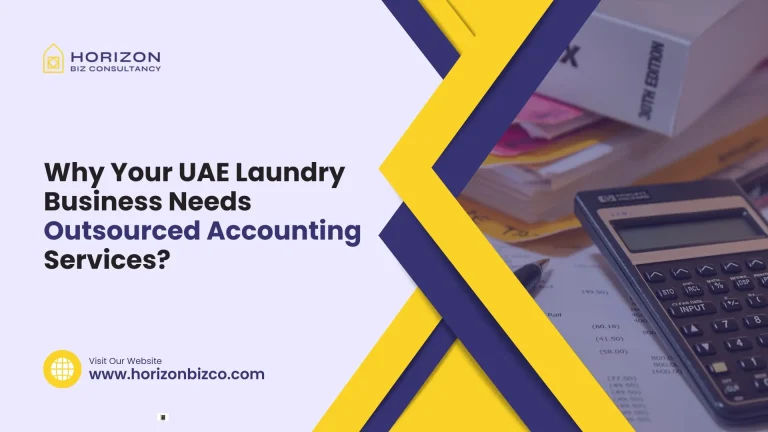The UAE has introduced a new corporate tax system effective from June 2023. As businesses prepare for the upcoming deadlines, an important consideration is tax grouping. It allows eligible companies to benefit from filing consolidated tax returns.
This blog provides a comprehensive overview of tax grouping in simple terms. Each section is explained in detail to help readers understand this complex topic clearly. Let’s start with unpacking the concept.
What is Tax Grouping?
Tax grouping refers to the process where related businesses that are part of the same corporate group can register as a single tax group with UAE tax authorities.
Approved tax groups’ member companies submit one tax return each year. They do this instead of filing separate returns for each entity. It is a consolidated return. This consolidated return includes the financial performance of all members.
The main advantage is a reduction in compliance costs. With a single audit and filing, expenses are lower compared to individual returns. Additionally, profits and losses across the group can offset each other to lower the overall tax liability.
Eligibility Criteria
To qualify for tax grouping, certain criteria must be fulfilled:
Tax Residency in UAE
All applicant companies must be tax residents of the UAE by being registered and operating within the country. Non-resident entities cannot form part of the group.
Minimum Ownership Threshold
There must be at least 90% ownership between member companies through direct or indirect shareholding. This ensures common control and ownership structure.
Consistent Financial Year
To properly consolidate accounts, each member must follow the same fiscal/financial year end for preparing books and filing returns.
Centralized Compliance
One entity from the group will be responsible for the compliance and filing of tax returns on behalf of all members. This provides a single point of contact.
The Application Process
Now let’s look at each step to apply for tax grouping:
Step 1 – Designate the Representative
First, formally appoint one member as the representative who will manage all tax obligations.
Step 2 – Compile Documents
Gather information like ownership structure, audited financials of members for the past year.
Step 3 – File Online
Use the designated portal to fill the application form and attach documents before the deadlines.
Important Deadlines
Failure to meet deadlines results in inability to group and file separately. Key dates are:
- December 31, 2023 for 2024 tax year application.
- March 31, 2024 for initial 2023 consolidated return.
- November 30, 2024 for ongoing 2024 tax year filing.
Conclusion
Understanding tax grouping rules is critical for businesses to leverage the associated benefits. By carefully evaluating eligibility and submitting on time, groups can streamline their UAE tax compliance process. Let me know if any part needs further explanation.
Frequently Asked Questions
A. Late applications aren’t accepted.
A. Yes, with tax authority approval if eligibility is still met.
A. Through a centralized compliance process and ability to offset profits and losses across members.





